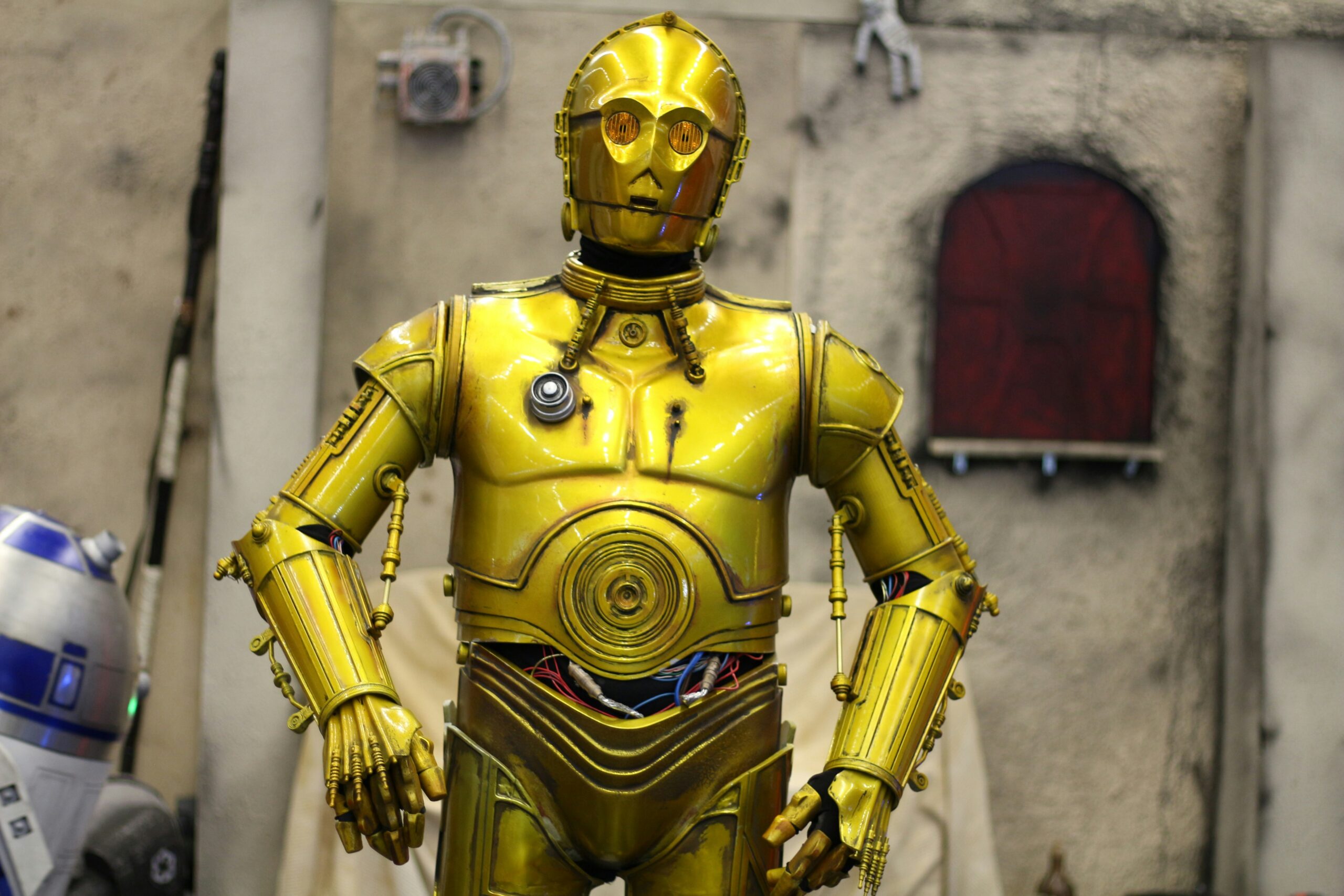Science fiction movies have been a captivating genre for audiences around the world, taking them on exhilarating journeys through space, time, and the limitless realms of imagination. Over the years, the landscape of sci-fi cinema has undergone a remarkable evolution, shaped by changing societal dynamics, advancements in technology, and the creative genius of filmmakers. In this article, we’ll delve into the transformative journey of sci-fi movies, exploring how plots, themes, and technology have evolved to redefine the genre.
The Birth of Sci-Fi Cinema:
The roots of sci-fi cinema can be traced back to the early 20th century with silent films like “A Trip to the Moon” (1902) by Georges Méliès. These pioneering works laid the foundation for a genre that would later explore themes of space exploration, extraterrestrial life, and futuristic technologies.
The Golden Age of Sci-Fi (1950s-1960s):
The post-World War II era witnessed a surge in sci-fi films that reflected the anxieties and aspirations of the time. Iconic films like “The Day the Earth Stood Still” (1951) and “Forbidden Planet” (1956) explored the consequences of nuclear technology and the potential for human interaction with extraterrestrial beings. This period also marked the rise of B-movies featuring giant monsters and alien invasions, capturing the public’s fascination with the unknown.
New Wave and Social Commentary (1970s-1980s):
As societal norms evolved, so did sci-fi cinema. The 1970s and 1980s saw a shift towards more thought-provoking narratives and social commentary. Filmmakers like Stanley Kubrick with “2001: A Space Odyssey” (1968) and Ridley Scott with “Blade Runner” (1982) pushed the boundaries of storytelling, introducing complex characters and exploring the impact of advanced technologies on humanity.
The Digital Revolution (1990s-2000s):
Advancements in CGI and digital effects in the 1990s revolutionized the visual aspects of sci-fi movies. Films like “The Matrix” (1999) showcased the potential of computer-generated imagery, creating visually stunning worlds that were previously unimaginable. This era also witnessed an influx of dystopian narratives, exploring the darker side of technological progress.
Interstellar Exploration and Hard Sci-Fi (2010s-Present):
In recent years, sci-fi movies have taken audiences to the far reaches of the universe with a renewed focus on realism and scientific accuracy. Films like “Interstellar” (2014) and “The Martian” (2015) emphasize the challenges and possibilities of space exploration, blending hard sci-fi elements with gripping storytelling.
Diversity and Inclusivity:
The evolution of sci-fi cinema has also seen a growing emphasis on diversity and inclusivity. Filmmakers are increasingly incorporating diverse characters and perspectives, challenging traditional stereotypes and broadening the representation within the genre.
Conclusion:
The journey of sci-fi movies through time reflects not only the advancements in technology but also the ever-changing landscape of human imagination and societal concerns. From the golden age of B-movies to the digital revolution and beyond, sci-fi cinema continues to captivate audiences with its ability to push the boundaries of what is possible. As we look towards the future, one can only imagine the thrilling and innovative paths that the genre will explore, continuing to inspire generations to come.
